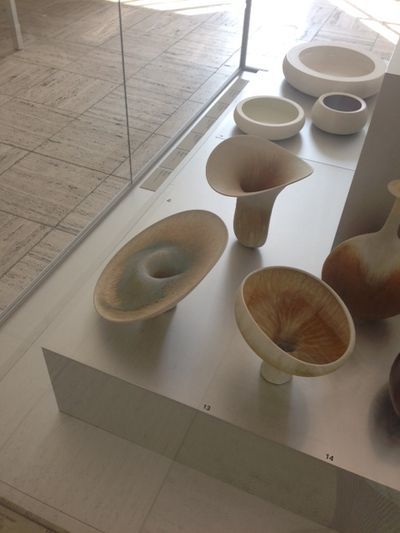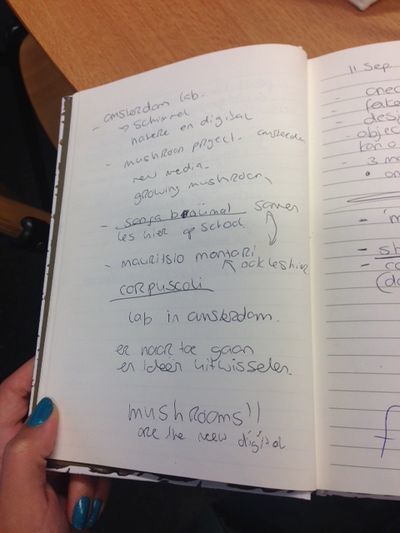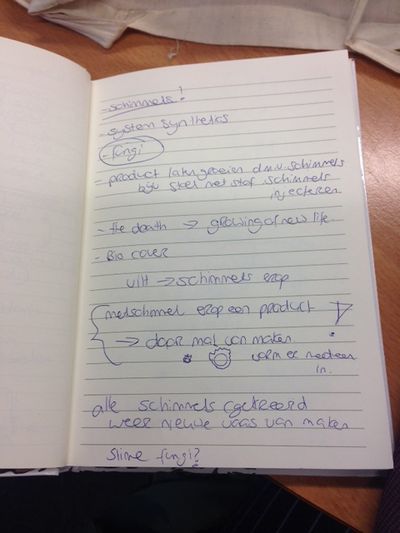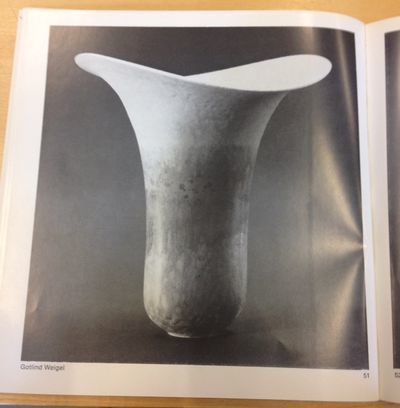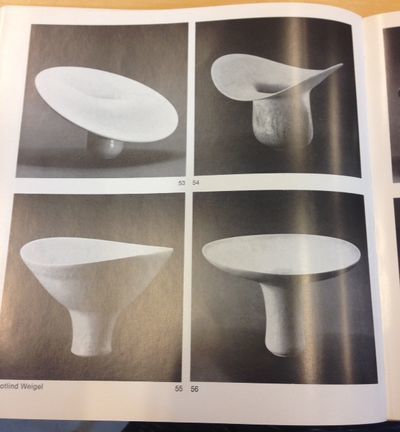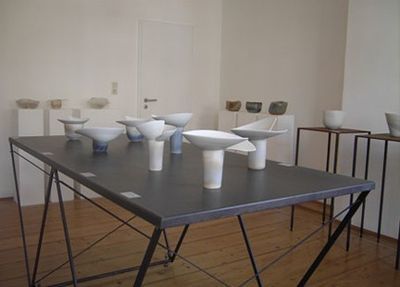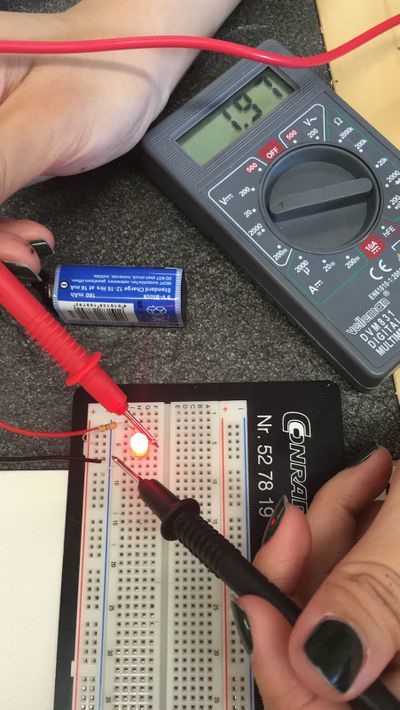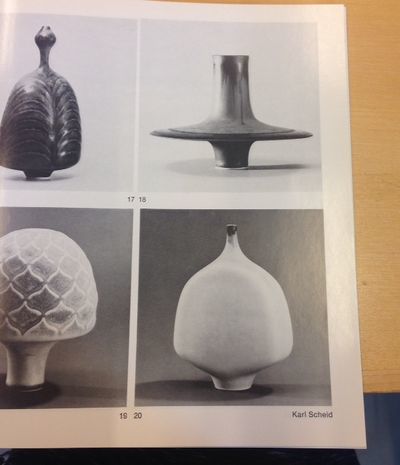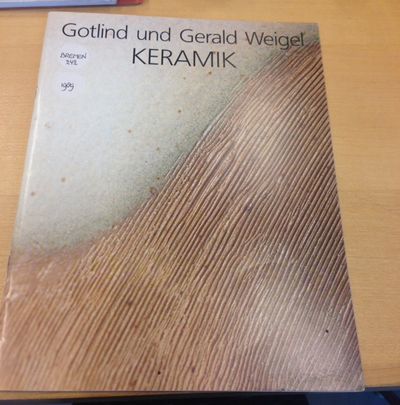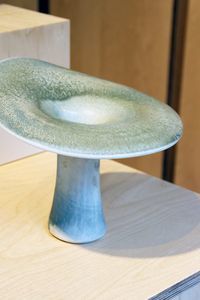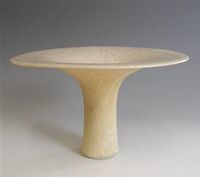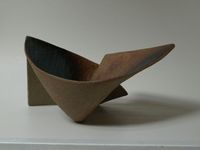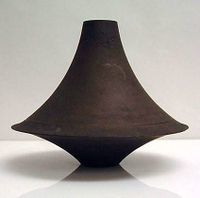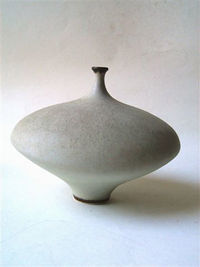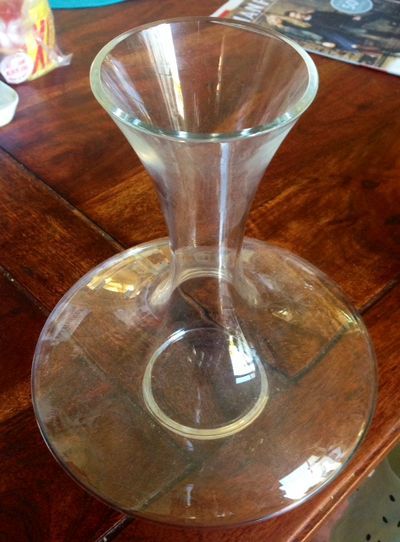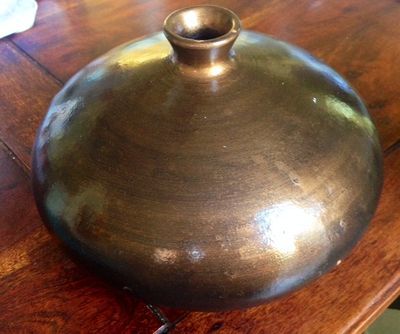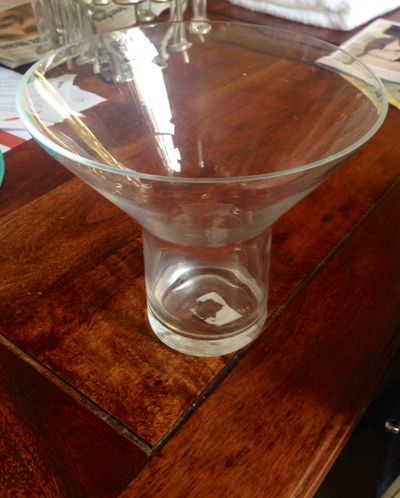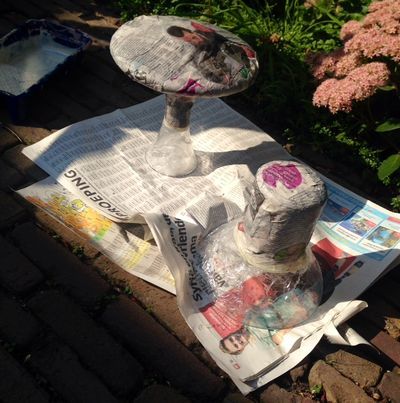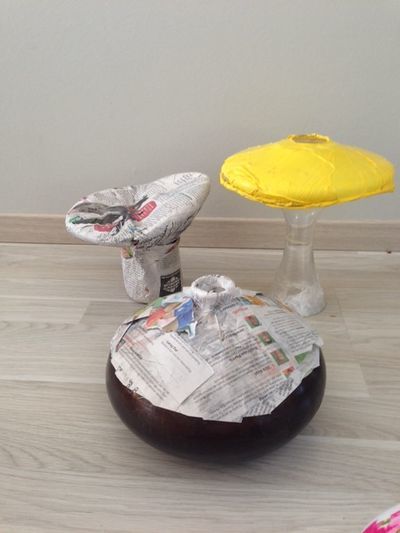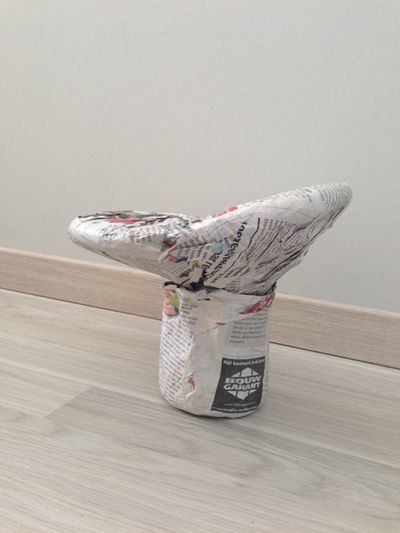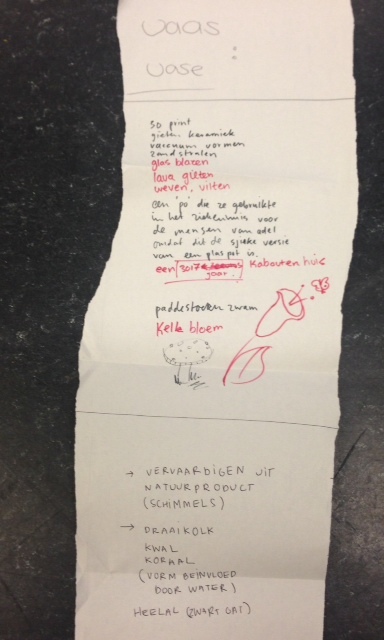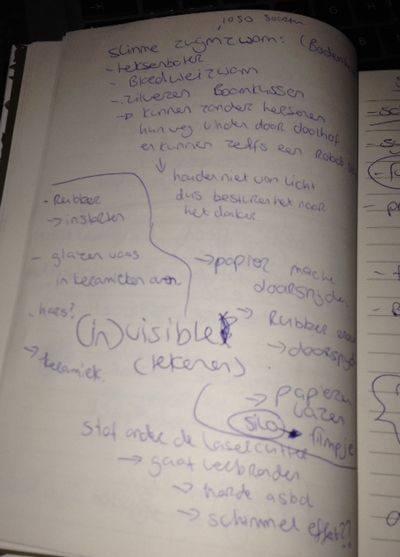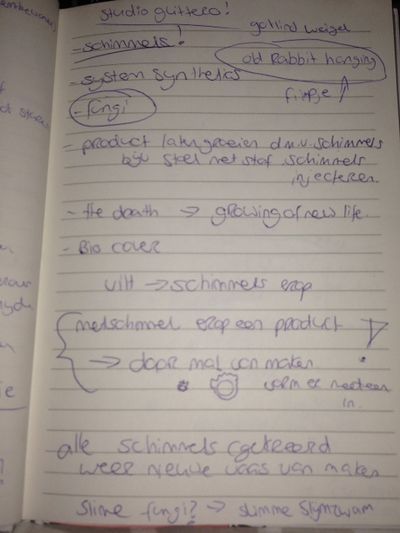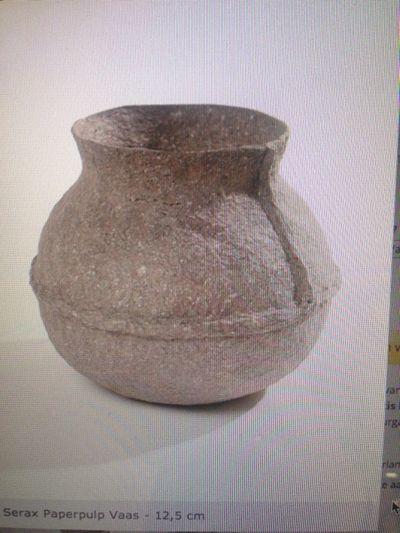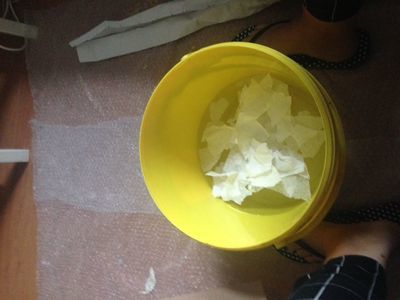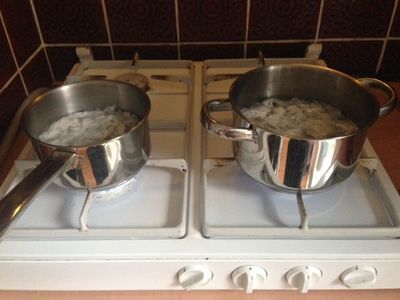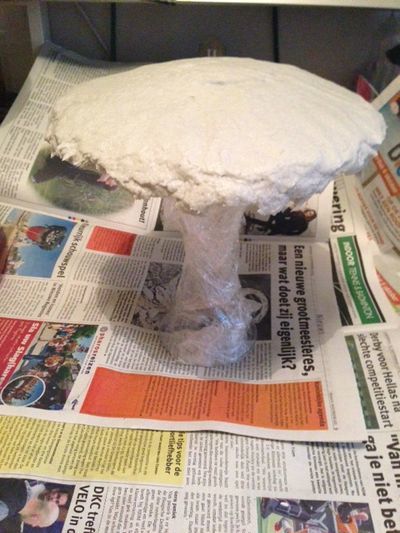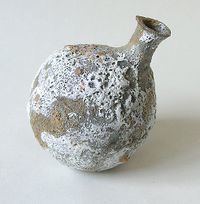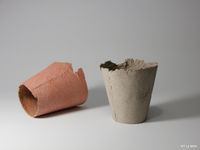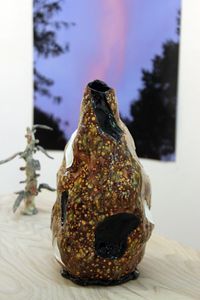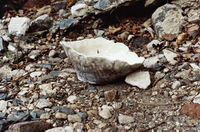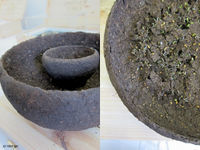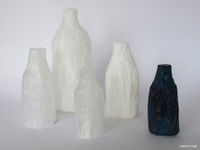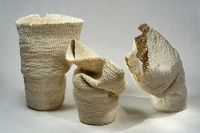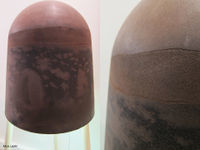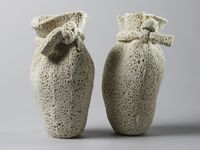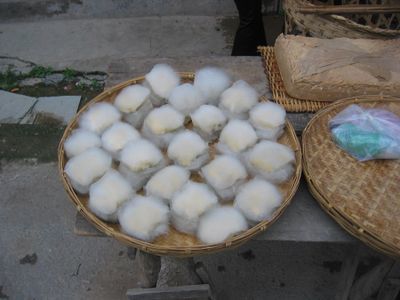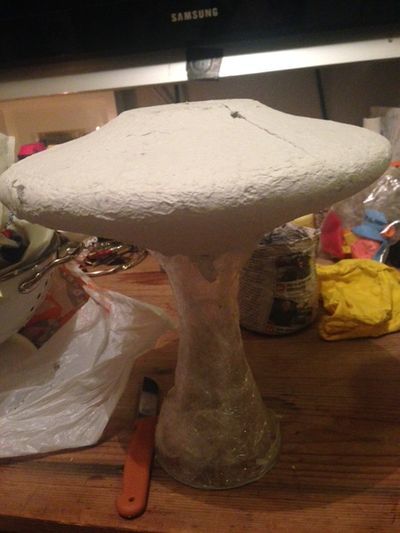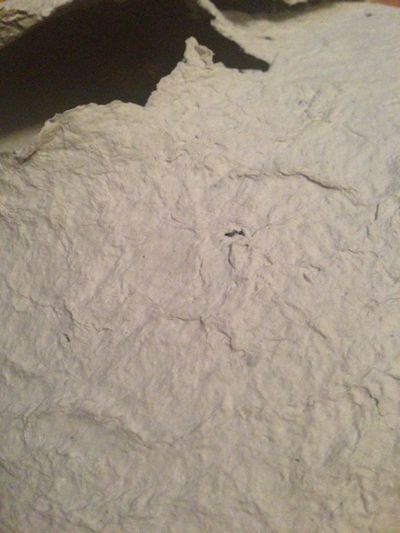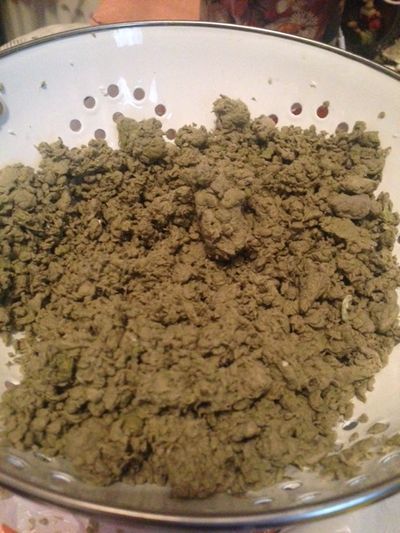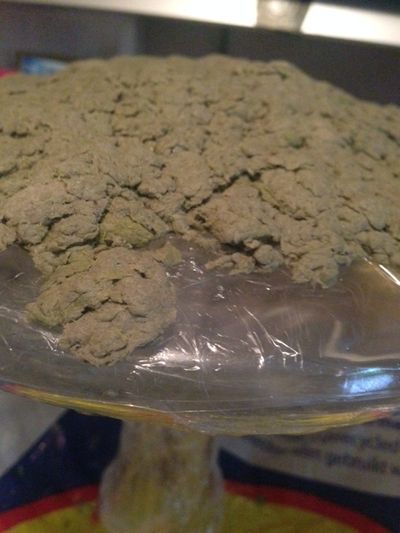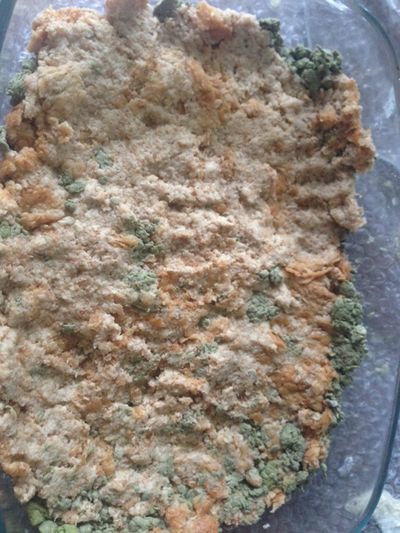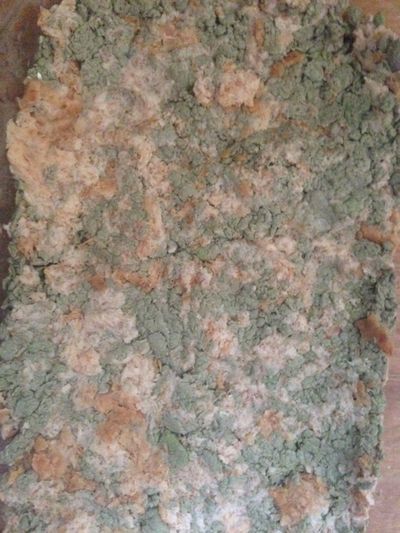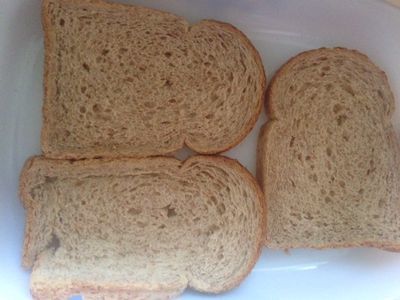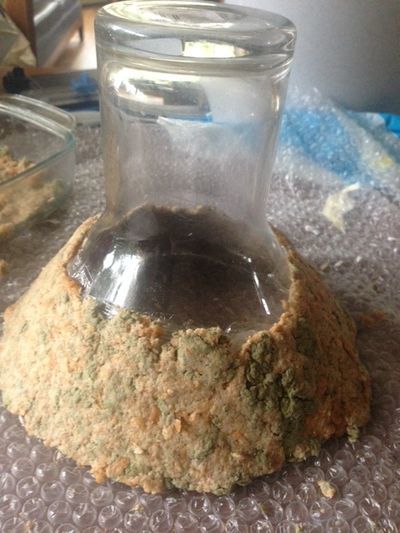User:B.vdsande
Bonny van der sande
Gotlind Weigel Vase, 1975 stone and glaze
CV: Gotlind Weigel is born on April 25, 1932 in Georgenburgkehlen in Ostpreussen. Gotlind Weigel is, together with Kuhn, Scheid and Schott, a member of the London Gruppe. She has been working with her husband Gerald Weigel in their studio in Gabsheim since 1973.
Bibliography: • Thormann, Olaf, Gefäss / Skulptur - Vessel / Sculpture; Keramik / Ceramics seit / since 1946 Grassi Museum für Angewandte Kunst Leipzig, 2013.
Vase, 1975 stone and glaze
I choose this vase because I liked the shape of it. It looked like a mushroom, and the structure is so beautiful. It looked like molt I Think!
Gotlind Weigel's Work:
'Nature is the inspiration for my work stones, rock faces and lava shapes. In the1960s ones of the kind were rarely found in my work. Primarily it was the shape of wings which came into existence and which later, in the 1980s, were taken over from the shape of stones. Additionally, the wings appear, too, which have been significant of my work all the time. The glazes disappeared and the surfaces became rough. My recent works show again stones and have high shapes and three corner forms of intense colourfulness' (text: www.gruppe83.de).
All forms of art have their own language and ceremic art, a visual and tactile art form, is no exception. The objects speak for themselves and the creative ideas behind the work communicate themselves to the viewer. Knowledge and understanding, however, can be acquired and the enjoyment of this art form is increased by the experience of collecting and handling ceramics.
Replica's:
own replica's
Testing:
Glass, Latex, Paper mache
idea's
Paper vase -> Paper mache-> making pulp
Inspiring artists for me:
Idea:
Using molt for my second idea on the same vase.
For as long as the vase has nutrients it will stay alive and when it has reached a mature enough stage it will start to reproduce and will grow from the vase. When left outside the vase will over time fall apart, just like a bunch of flowers.
+/- 1000 words answering
Written Assignment:
My craft is fashion. Fashion has always been interested for me, in everything around me. But I find so much more interesting like only making clothes. Material and shape interests me very much. So I would like also focus on textiles and what materials you can use as different fabric. Something that existing already, what is giving a new twist. It takes some time before I have an idea, but once the process is all around I go straight to experiments started and I make pictures of it, And preferably with as many materials.
In fashion mainly sewing with a sewing machine, knitting machine or by hand, but also Lock machines for a nice finish. And if I just go ahead on the little things of course also supplies such as yarn, needles, pins, tape measure, chalk, pattern paper and fabric etc. Instead of fabric you can also use other materials. in your home is always something find to use that appeals to me very much. Especially stuff recycling. More and more artists do not waste material but making something new of it. I have used paper now, what also be a dress can be made. But how I see it now and in the future it all became modern. Of course the knitting machine will be there, but what you see now are again modernized knitting machines. There you can set your own patterns you want on the jersey. You click on the sleeve, enables him to choose a pattern and what it should be. The 3D printer is totally hot right now. Just as robots or smart textiles on the catwalk. It lets you go a little further, you can now finally make something flat of 3ds and give more shape on it. Or smart textiles to give your dress light or let something moving. I find it very interesting.
The 3D printer becomes more used on the catwalk, for example by Iris van Herpen. Or robots that spray paints on a dress and create a new image by Alexander Mcqueen middle of the catwalk. Or smart textiles with Hussein Chalayan and lasercut. He literally let the dress on the model change from a long to a chic dress sexy short thing. What I'm trying to say that fashion goes beyond fabric, needle and thread. Not only on the catwalk is an eye-opener, but many museums are interested in these artists. They can show you more. The garment can move or give light and that is new and interesting so becomes much visited. I think later is modernization in every household. Each house may have a robot that cleans for you or cooks your food. The vacuum cleaner is already in high tech robot form. Just turn it on and he dusts automatically through your home. The 3D printer is the success of now today, but also in the future. For 600 euros you have one already and in the future, certainly every household have one. Also, stores are not averse. Hema now has something new as they say it themselves: "3D printing for everyone now. Unique jewellery and phone cases. The end product is as you expect from HEMA, high quality at a low price. " Said Hema. Just a fun pattern or text select and order it. So it is becoming more accessible to the extent we continue with the years. What I think is really going to see in the future that there are more and more being copied with the accessibility of the 3D printer. It has always been there on the catwalk and designers that they commit fraud, but now it gets easier for them. So the 3D printer become really the future of now, but the limit is not high lake for you to arrive so and do it yourself.
As an elective, I choose smart textiles in the second year. Very fun to do and I've learned a lot. We were taught by Ricardo O'Nascimento. He has made inspiring work on the knitting machine. Not just a knitting machine but one that type. The machine converts the text that people type into a knit. Each letter is a stitch and that what you type so becomes a new textile. This device converts a piece of information, in this case, therefore, to construct a knitted code that can be worn. It decodes the typed word and re-encodes it in the pattern of the fabric. He has his team devised. The starting point for this coding were the words, text and textiles. Share Same Origin words - both derived from the Latin texere, meaning "weave." From this premise, one can observe between them. Many things in common The knitted textile work consists of lines and points, such as a piece of text. When you tell a story, a thread in a similar way to follow a thread in a knitted work. It must be continuous and without breaks. The story knitted by the TK 730 is the one you can read, see, touch and wear.
Combining different techniques really appeals to me. Usually I have to make my design not so many new technologies used. But this minor I want to learn to discover more of these technologies. I used no techniques with my project but I find different materials very interesting and want to see how it turns out as I had done it under the laser cutter. I wanted to Challenge myself more and look further.
